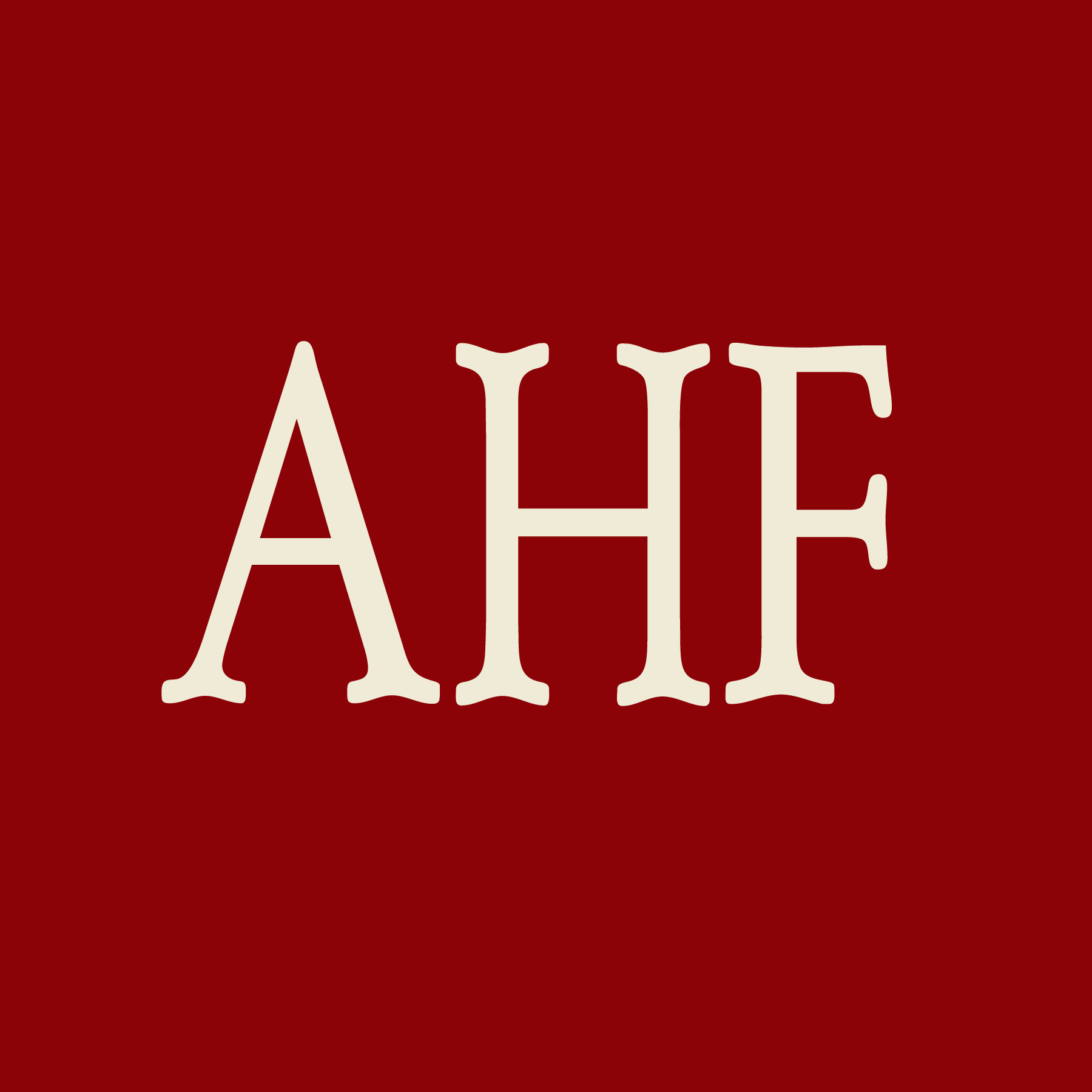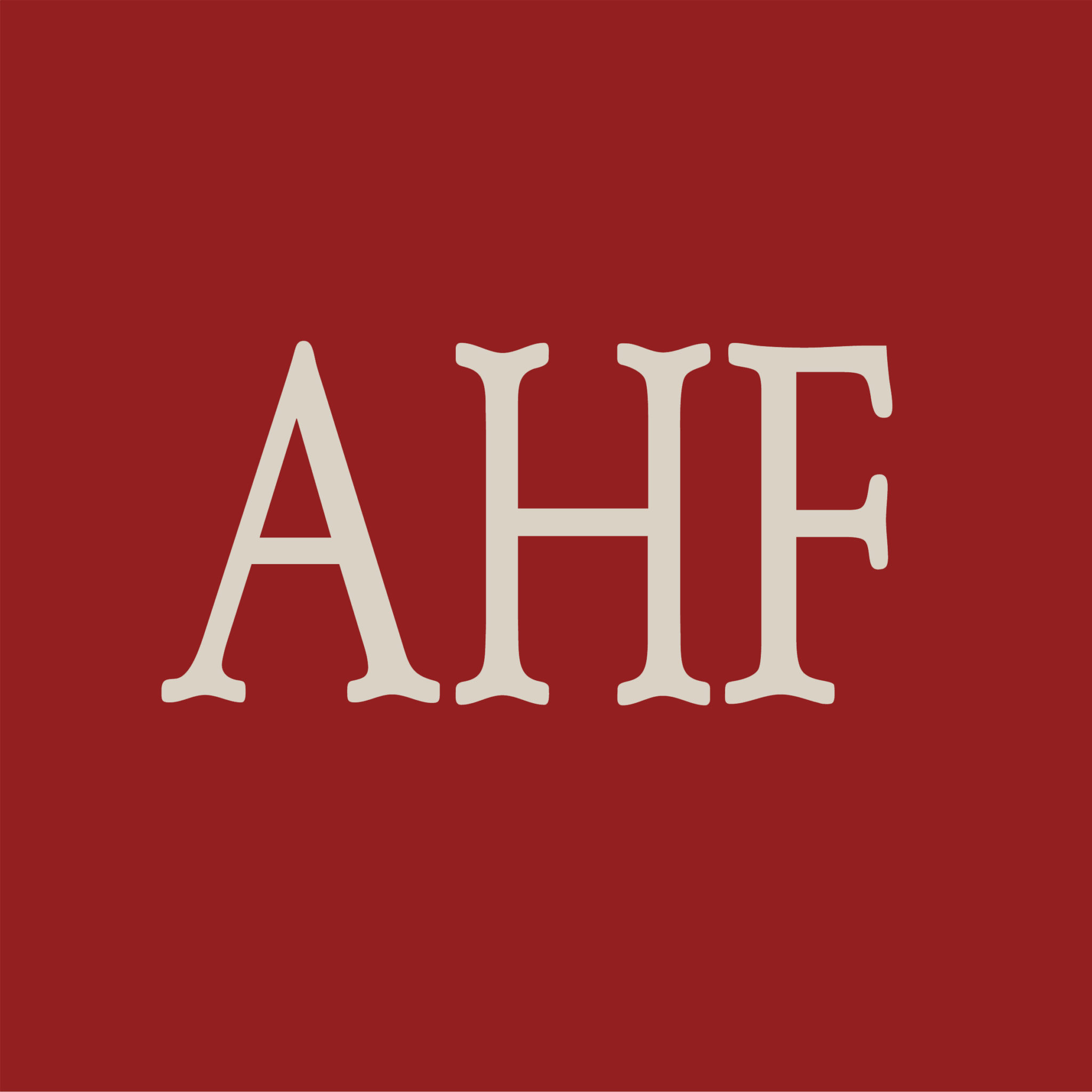Washington Post
By David Brown, Katherine Shaver, and Alyssa A. Botelho
July 22, 2012
The first International AIDS Conference to be held in the United States in more than two decades opened Sunday with repeated assertions that the 31-year-old epidemic can be realistically brought to an end with more money and attention, strategically applied.
The money is needed to put millions more of the world’s 34 million HIV-infected people on medication, with special attention to those most at risk of getting and transmitting the virus — male homosexuals, drug users and the poor.
The message was the same, inside and outside the Walter E. Washington Convention Center, where 25,000 conference- goers will meet through Friday.
“This opportunity will evaporate if we do not act,” Michel Sidibe, head of the United Nations agency UNAIDS, said at the conference’s opening ceremony Sunday evening. “This opportunity will slip through our fingers, and history will never forgive us.”
“AIDS activists, you’ve gotten lazy!” Michael Weinstein, president of the Los Angeles-based AIDS Healthcare Foundation, told a crowd at the foot of the Washington Monument earlier in the day.
“The world is depending on you. You cannot rest until AIDS is under control. People living with HIV, you’re the conscience of the world,” he said. “Your voice must be louder!”
The world now spends about $17 billion a year in AIDS prevention and treatment in the developing world. About 8 million people there are now on life-extending antiretroviral drugs, most started in just the past few years. The goal is to have 15 million on therapy by 2015, which will require $7 billion more per year.
Recent research has shown that people on treatment almost never infect anyone else — a fact that has led to the call for “treatment as prevention.”
“It would be an extraordinary failure . . . if financial constraints truncated our ability to begin to end AIDS, just when the science has shown us that this goal is achievable,” said Diane V. Havlir, an AIDS physician at the University of California in San Francisco and co-chair of the 19th International AIDS Conference.
As in all these meetings, the opening ceremony featured an eclectic mix of speakers, including D.C. Mayor Vincent C. Gray and a 24-year-old HIV-positive woman from Zimbabwe. Not present was President Obama. Kathleen Sebelius, secretary of health and human services, represented the administration.
She announced four public-private partnerships to improve access to HIV care in the United States and especially to keep people from dropping out of care. Only 28 percent of Americans with the infection are now treated optimally.
The Zimbabwean woman, Annah Sango, spoke for women, who are the majority of new cases in Africa, and for people in countries where stigma holds back a full assault on the epidemic.
She told listeners in the huge, darkened hall that she was transitioning to adulthood and “would like to do that in a safe space that allows me to access and exercise all my rights, a safe space that will allow me to be the best I can be in life. How have you been accountable in creating that space for me and everyone else?”
At the rally on the Mall in the afternoon, hundreds of HIV/AIDS activists and people living with the virus called for cheaper antiretroviral drugs, help for low-income people on waiting lists for subsidized medicine, and more money for international AIDS relief.
Wearing a shirt saying “HIV positive,” Rick Kennedy listened to the rally leaders as he and a friend held up a Canadian flag in the muggy heat. Kennedy said he was grateful that he and others with HIV had been allowed to enter the United States legally after the Obama administration lifted a U.S. ban on known HIV-positive people entering the country.
“AIDS is still not over; there’s still no cure,” said Kennedy, 58, executive director of the Ontario AIDS Network. “We’re people, not fish. You can’t just medicate us and release us. We still need to work hard to connect people to treatment and care and keep them there.”
Kennedy said he’ll attend the conference this week. Asked what he thought of Weinstein referring to HIV/AIDS activists as becoming “lazy,” Kennedy said: “There’s been some complacency. It’s been 30 years of fighting for many of us. We need to renew ourselves. That’s one of the things a global conference does.”
Just before the opening ceremonies, about two dozen people, accompanied by blasts from a vuvuzela, marched to the front of the room protesting U.S. immigration laws that prohibit entry to self-proclaimed drug addicts and prostitutes.
Many were heavily tattooed, some wore green plastic Statue of Liberty crowns and a few carried red umbrellas emblazoned with the slogan “Only rights can stop the wrongs.”
For several minutes, they chanted, “Nothing about us without us.” A member of the audience stood and asked, “How can you have a legitimate conference when some of the most affected populations cannot attend?”
The group followed the rules for protests at international AIDS conferences — brevity and lack of violence. Some in the past have not been as well behaved. In several conferences, speakers and organizers were spattered with fake blood.
Then-Health and Human Services Secretary Tommy Thompson endured continuous blaring of horns and screams of “Shame, shame!” at the 2002 conference in Barcelona.
Obama’s absence is the other early point of controversy.
A White House spokeswoman said, “The president’s schedule will preclude him from opening the conference.” She noted that many heads of state haven’t appeared at previous conferences.
Asked at the news briefing whether she was unhappy with the president’s decision, the conference co-chairman, Havlir said diplomatically: “We’re very, very proud of what the Obama administration has done for the AIDS response. We’re disappointed we won’t have the chance to tell him directly.”
Rep. Barbara Lee (D-Calif.) came to the president’s defense. “He not only talks the talk, he walks the walk,” said Lee, who went to her first AIDS conference, in Durban, South Africa, in 2000, two years after she was elected. “We know this president of the United States gets it.”
The AIDS Healthcare Foundation rally organizers called on pharmaceutical companies to lower drug prices around the world and for the United States and other wealthy countries to put more money into the global fight against the virus.
Whitney Engeran-Cordova, the foundation’s public health director, said the federal government needs to bolster funding for the AIDS Drug Assistance Program that provides medicine to low-income people. The program now has more than 2,000 patients on wait lists nationwide, he said.
“The formula for AIDS control is if all the people living with HIV and who don’t know it get on treatment, then the amount of virus that can be transmitted would start to go down,” Engeran-Cordova said before the rally. “But how are we supposed to do that when . . . we can’t even treat the people who know [they have HIV or AIDS] now?”
Several activists cited the need to curb the virus in particular demographic groups where it is spreading most quickly, including among Latinos, African Americans and women. Southern states also are seeing more cases, Engeran-Cordova said.
“We have all the tools to stop HIV if we got everyone tested and treated,” said Jesse Brooks, an activist from Oakland, Calif., who said he has lived with AIDS since 1993. “No one here, especially in the United States, should be on a wait list for lifesaving medicines.”
Shannon Gooden, 32, of Dallas said she worried about people most affected by HIV/AIDS who couldn’t attend the conference or rally.
“This is a kind of preaching-to-the-choir situation out here,” Gooden said. “The people who need to be here — people who aren’t getting tested, people in need of resources — aren’t here.”
Traditionally, the International AIDS Conference devotes a space for community activism called the Global Village that is open to the public for free. This year’s Global Village, on the lower level of the convention center, covers more than 170,000 square feet. There, local and international activist groups will man networking booths, host workshops and film screenings, and promote art exhibitions throughout Friday. The Village also includes a Youth Pavilion for youth-led activities and a main stage for live performances of music, theatre and dance.
Live webcasts of the conference’s opening and closing sessions, as well as a selection of other high-profile meetings, will be streamed at the Global Village and on the Kaiser Family Foundation Web site at kff.org/aids2012.

